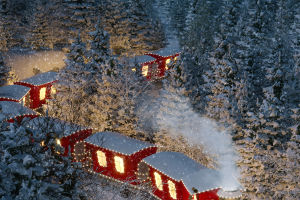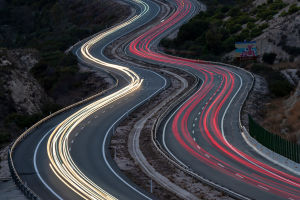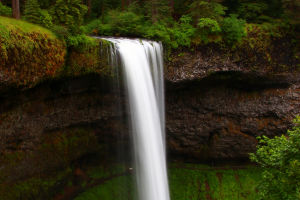There has been endless news about the eruption of Mount Fuji in Japan due to an announcement in the Japanese media that the Japanese government has started to develop an emergency evacuation plan for Mount Fuji.
Japan has set up an observation point on Mount Fuji, and geologists at the observation point have detected anomalies, such as the melting and disappearance of snow on the summit, indicating that the active sleeping volcano is gradually waking up. The last eruption of Mount Fuji dates back more than 300 years ago, in 1707. The first outbreak of the Hoyong earthquake occurred 49 days after the eruption began, and volcanic ash was sprayed up to 20,000 meters above the sky. Even areas 100 kilometers away from Tokyo were covered with ash. According to historical records, the eruption of Mount Fuji was so powerful that it caused the surface of coastal areas to shake and the seawater to rise sharply.
Japan is located at the junction of tectonic plates and is prone to earthquakes, tsunamis, and other disasters. Most of the volcanoes in Japan are active volcanoes, with Mount Fuji being formed by the extrusion of the Izu Peninsula and Honshu Island.
According to historical records, Mount Fuji has erupted 18 times since its formation, on average every 300 years, and it so happens that the 21st century is the approximate point of the eruption of Mount Fuji.
Mt. Fuji has formed about 100,000 years ago, and repeated eruptions have made it the largest mountain in Japan at 3,776 meters above sea level. The last eruption was in 1707 and lasted 16 days in total, sending ash as far as Tokyo. Mt. Hoyaga, the Fuji Five Lakes at the foot of the mountain, and the many caves near Aokigahara are also the result of volcanic activity. The area is blessed with many mineral-rich hot springs, making it a haven for outdoor recreation. The legend of using the clouds at the top of Mt. Fuji to predict the weather is quite famous. It is said that when "Kasa clouds", or hat-like clouds, appear on the top of Mt. Fuji, it is an omen of bad weather and it will rain or snow in a short period! If there are two or more layers of Kasa clouds, it means that there will be heavy wind and rain, so you should get your rain gear ready and find a place to escape from the rain!
The general impression of the view of Mount Fuji is that the green mountains are covered with a layer of white snow. The red Fuji will only become a red and sacred landscape under certain conditions.
It is usually seen between late summer and early autumn when there is fresh air, high clouds that reflect red light, and other weather conditions.
Mt. In addition to the Red Fuji, there are other precious sights such as the Diamond Fuji, Pearl Fuji, Shadow Fuji, and Reverse Fuji.
At sunrise and sunset, the sun coincides with the peak of Mount Fuji, and the sun passing through the mountain looks like a dazzling diamond.
This view is also very beautiful. Among them, Lake Yamanaka in the Fuji Five Lakes in Yamanashi Prefecture is called a sacred place for observation.


